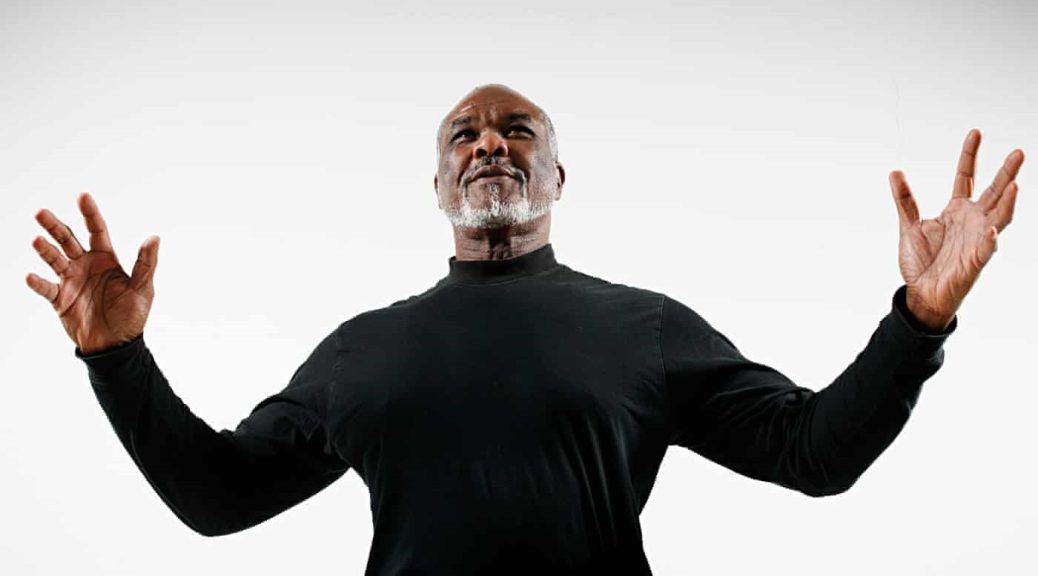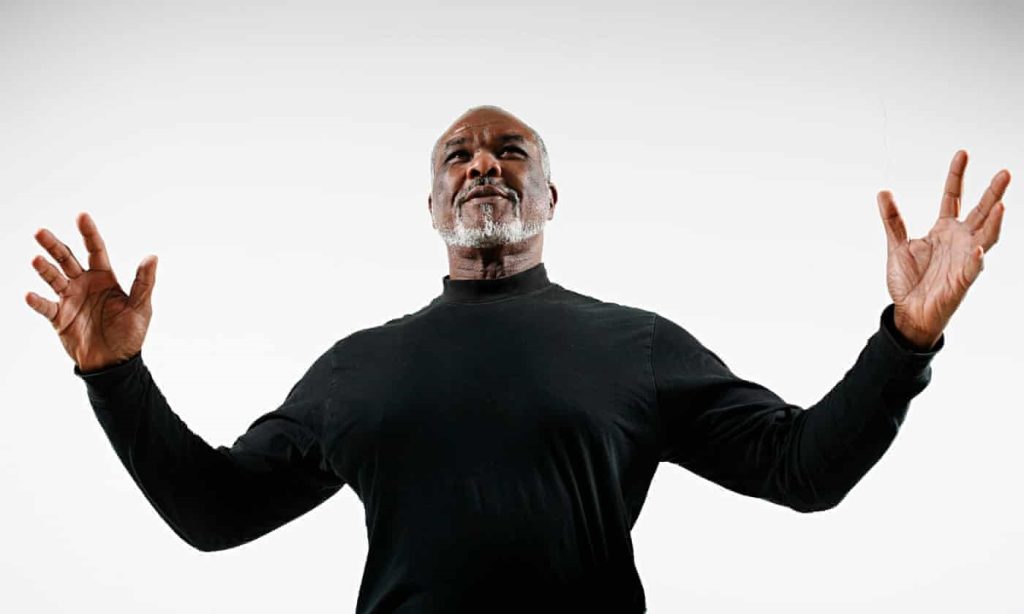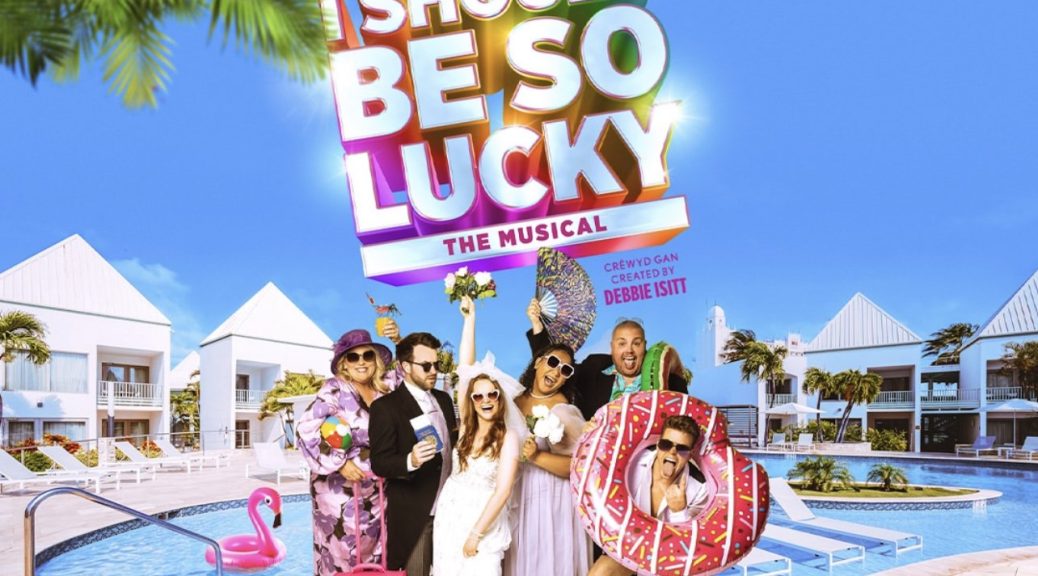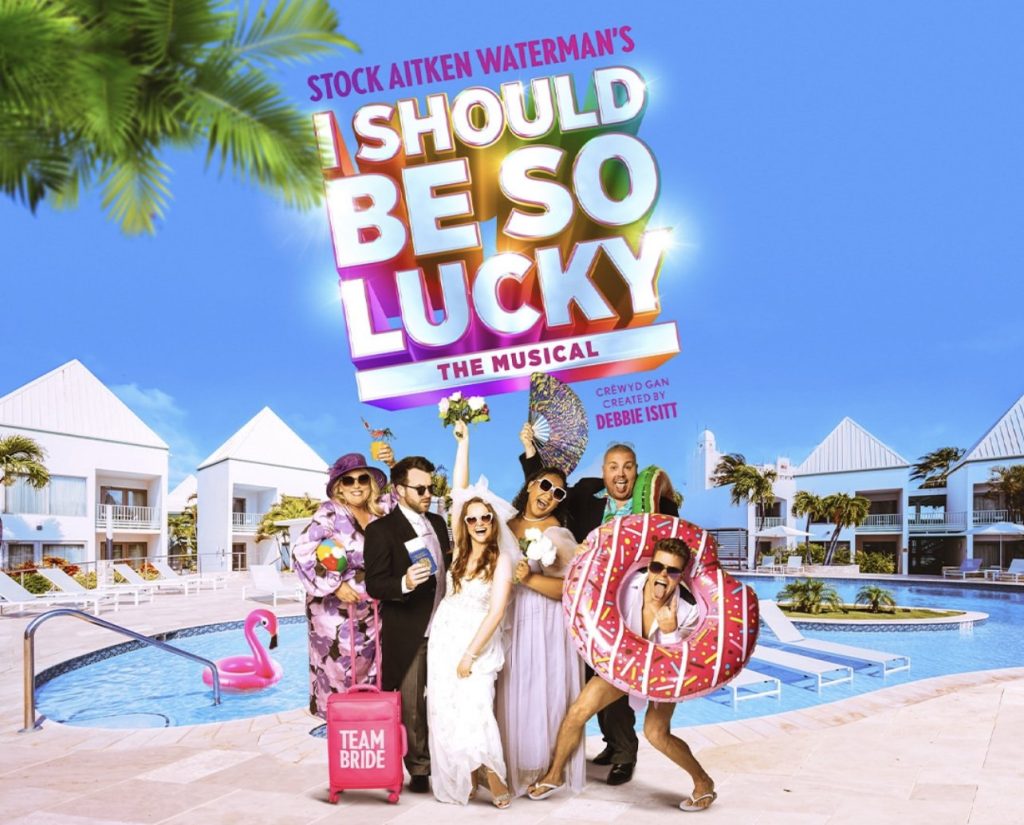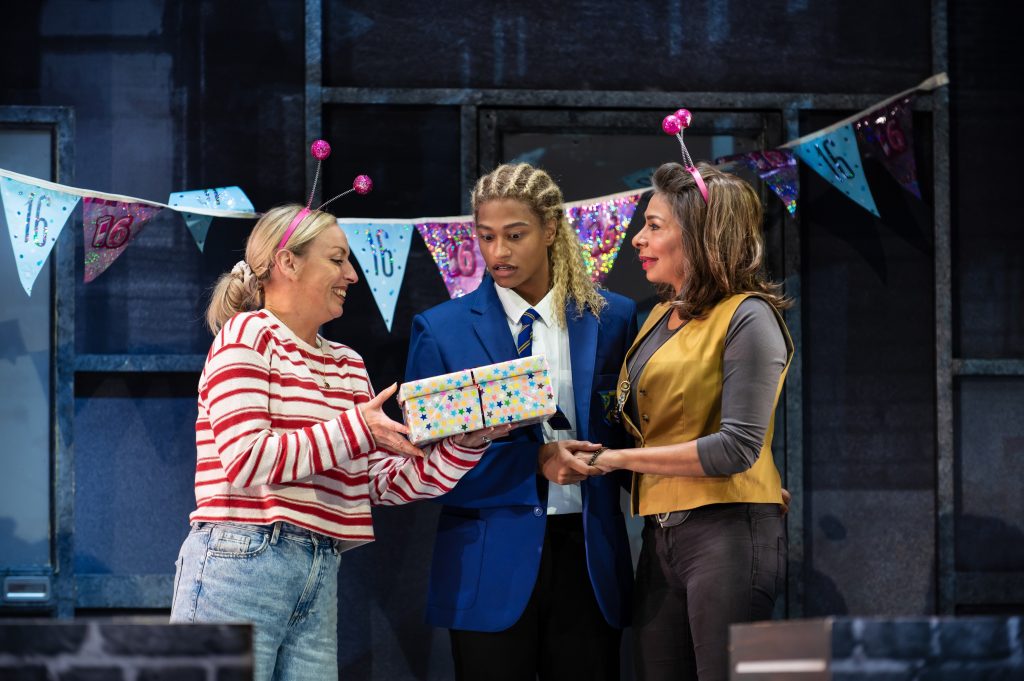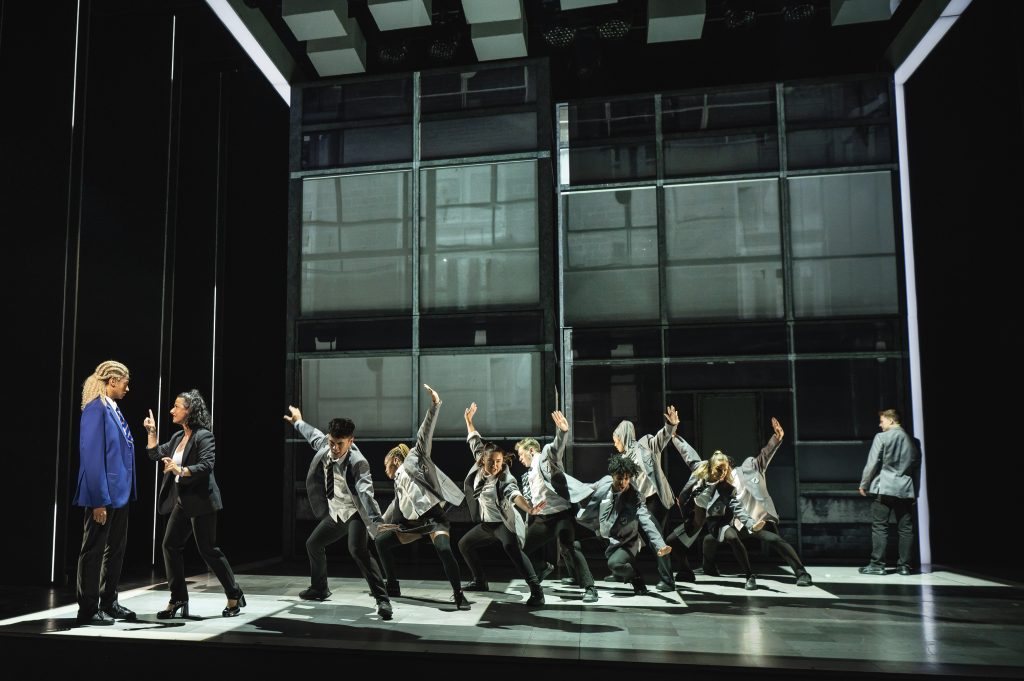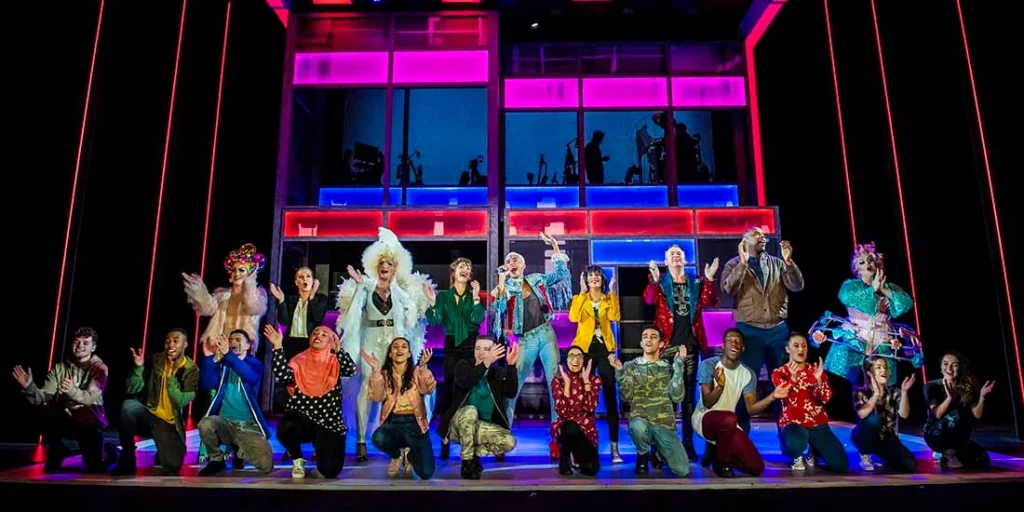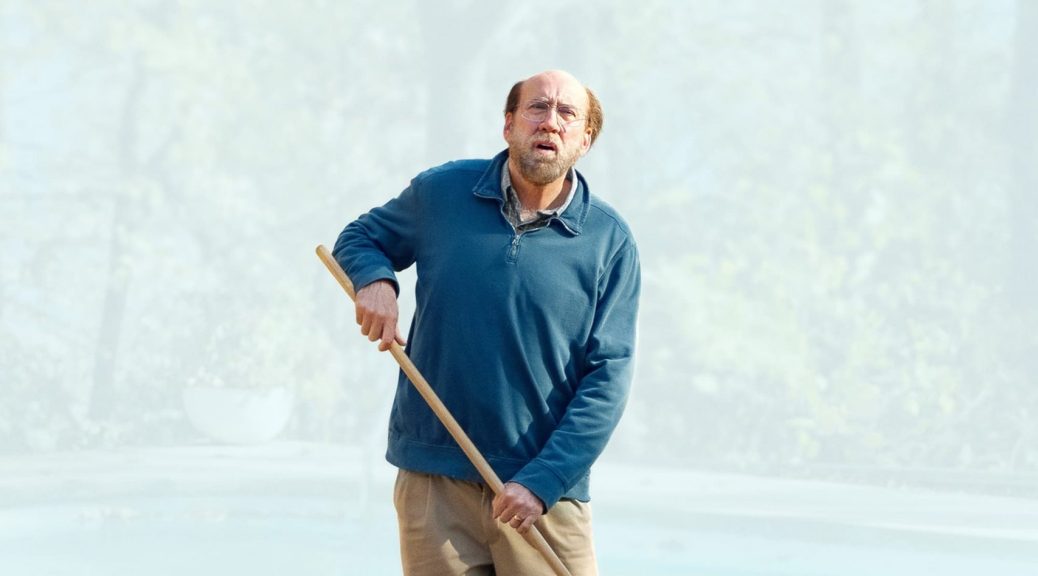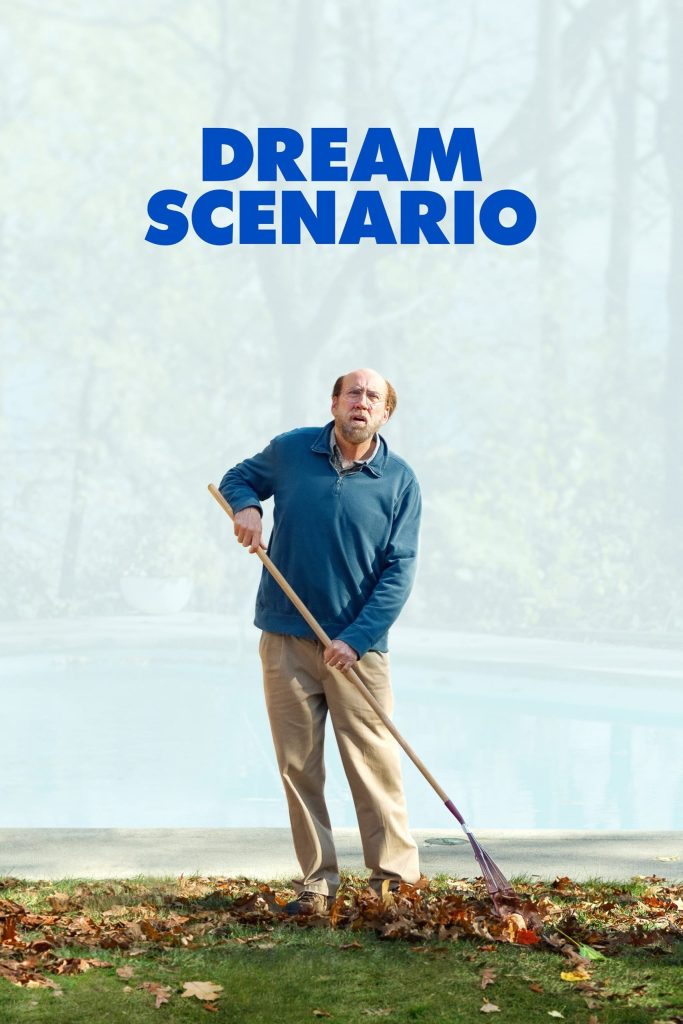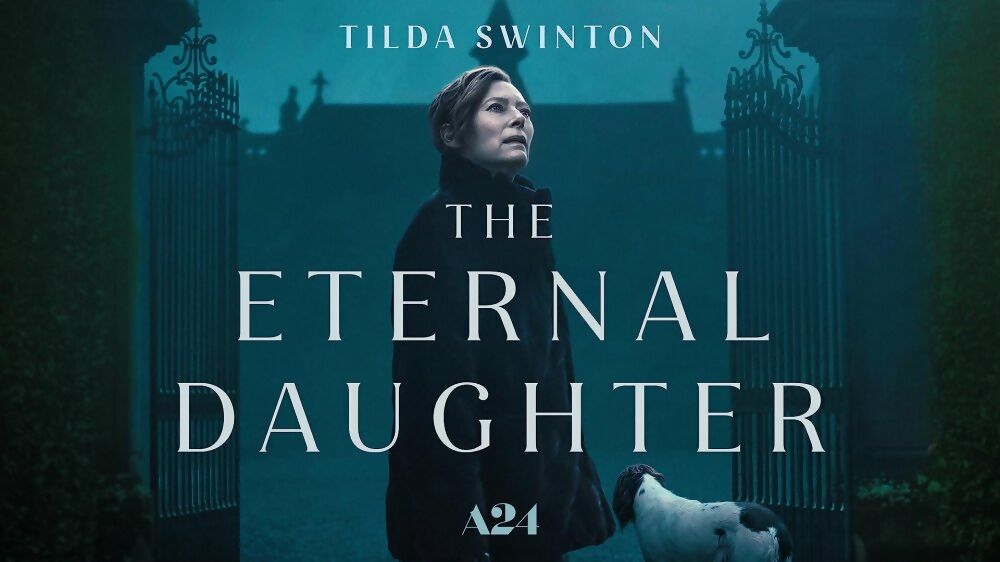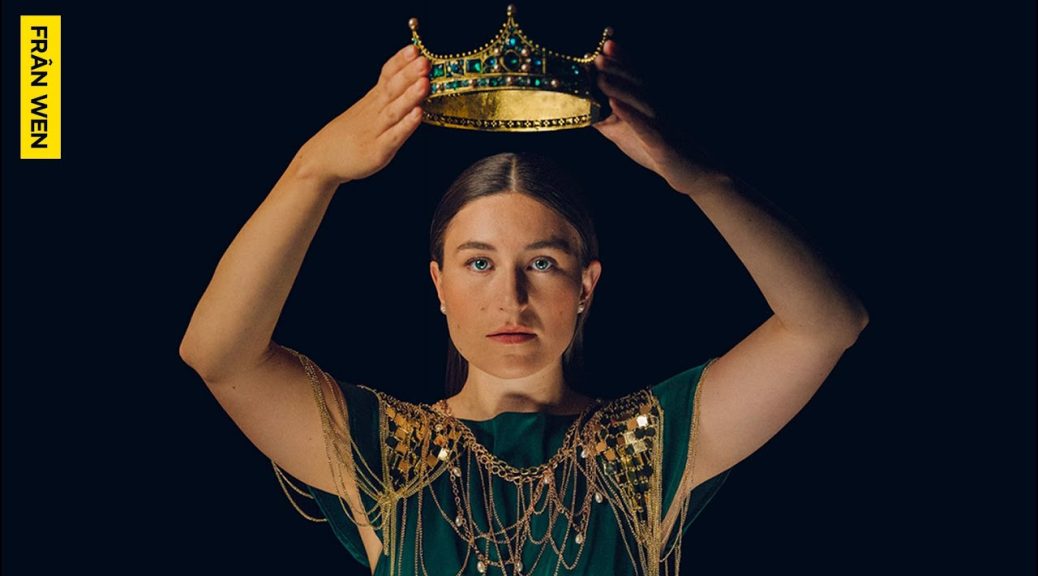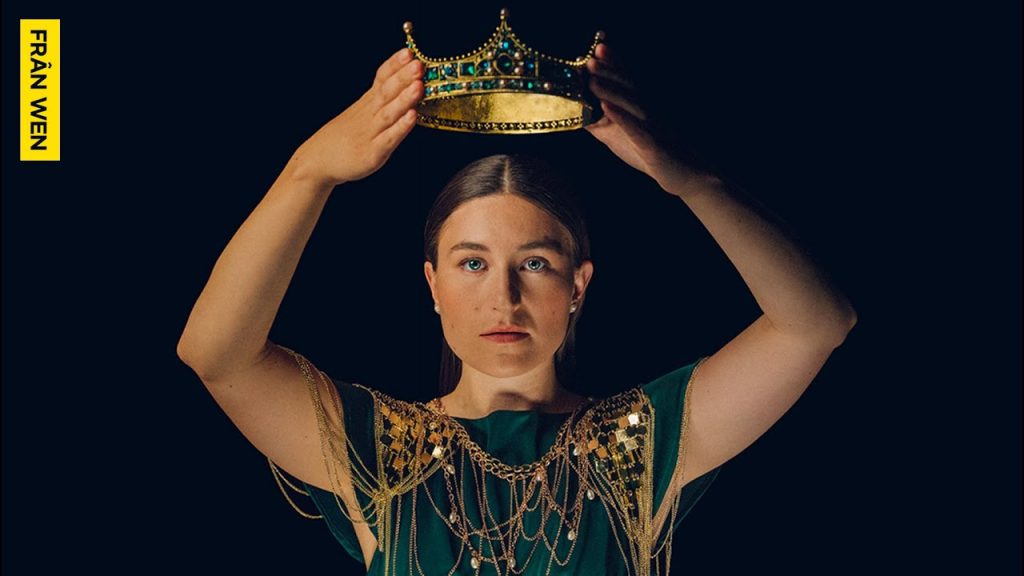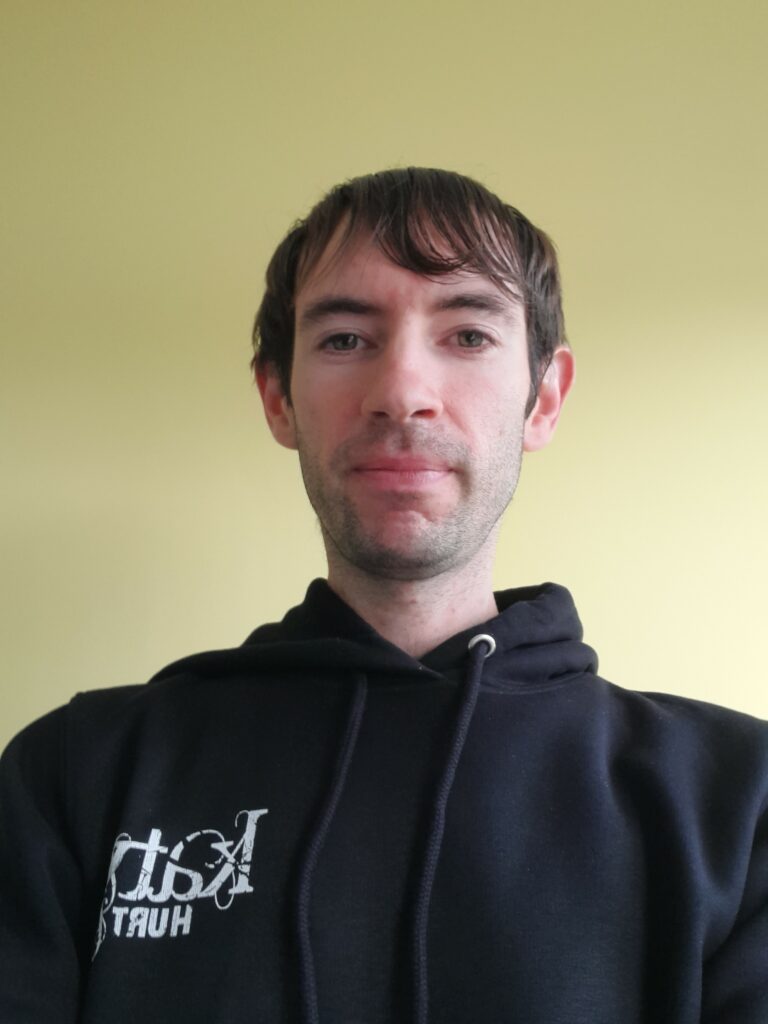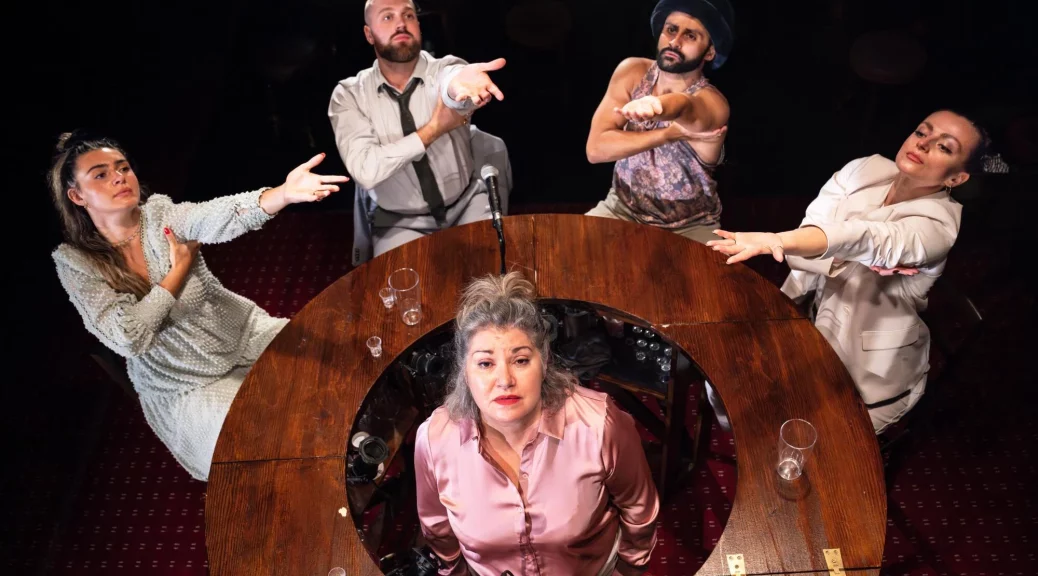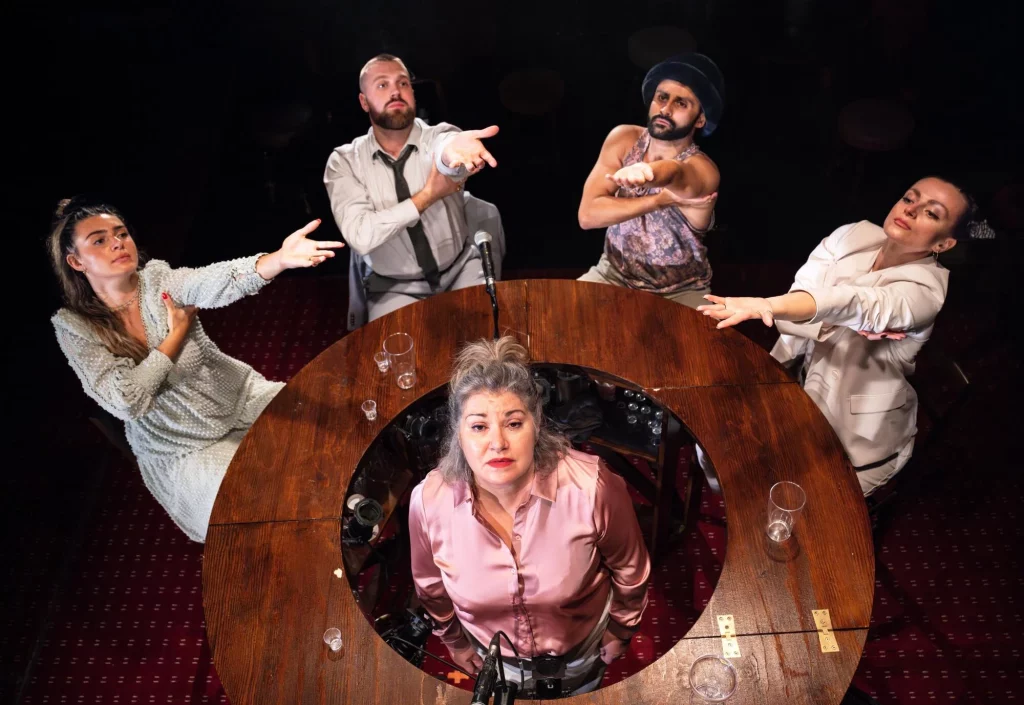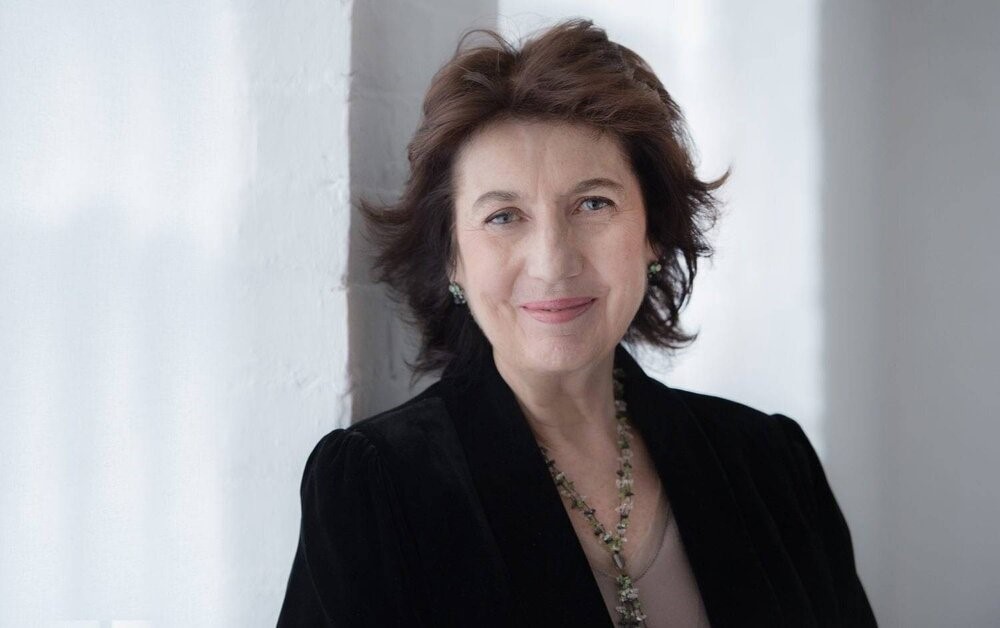
Photo credit: Sim Canetty-Clarke
 (3 / 5)
(3 / 5)
For an evening, Imogen Cooper brought a fascinating programme to the Southbank. Her serious, yet resounding presence rings out. Starting with Bartók’s 14 Bagatelles, Cooper demonstrated the bizarre nature of the selection. They are sarcastic and iconic, touches of Satie and Chopin linger. The odd finger work against the keys is also noteworthy, as the momentum goes. A short adventure with Liszt and his Bagatelle without tonality went straight on to Beethoven’s 15 Variations and Fugue on an original theme. Here things dragged a bit, the concert going into a slow show. Cooper makes Beethoven shine, and her effortless form is what really stands out.
The second half would prove much more interesting. Two Bach Chorale-preludes were a treat, brief and had a synergy with composer and pianist. Curious for the lights to dim as we hear John Dowland’s In darkness let me dwell, a recording for voice and lute from Anne Sofie von Otter and Jakob Lindberg. Why this? As lovely as this departure was, it was justification for the next work: Darkness visible by Thomas Adès. I recall the wonderful performance Robin Green gave of his at last year’s Vale of Glamorgan Festival. It’s key smacking and trills aside trills, still keep aspects of the Dowland. It’s still very pretty, even my plus one couldn’t believe her luck. It is a fascinating miniature. It never fails.
Another Beethoven, this time the Sonata in A flat ended thing, much more alluring than before. The drama of the whole piece was the bouts of anxiety, romance beyond romance and furious rebellions. Cooper became impassioned at the end, her hair rocking out. Aside from this vision, she appeared very calm and collected for the whole night. An encore of Bartók was given. With the genuine tiredness seen upon her face, we left it at that.

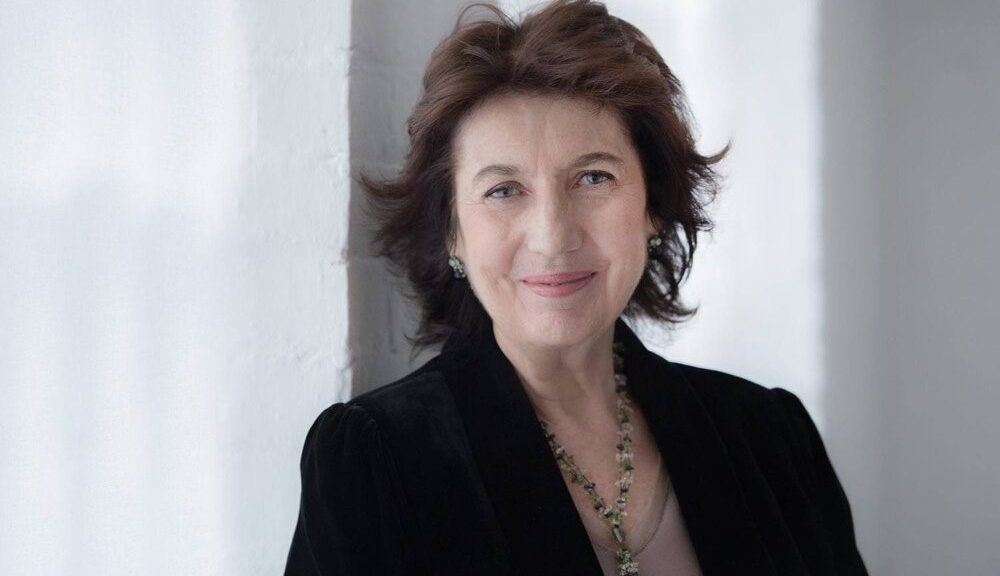
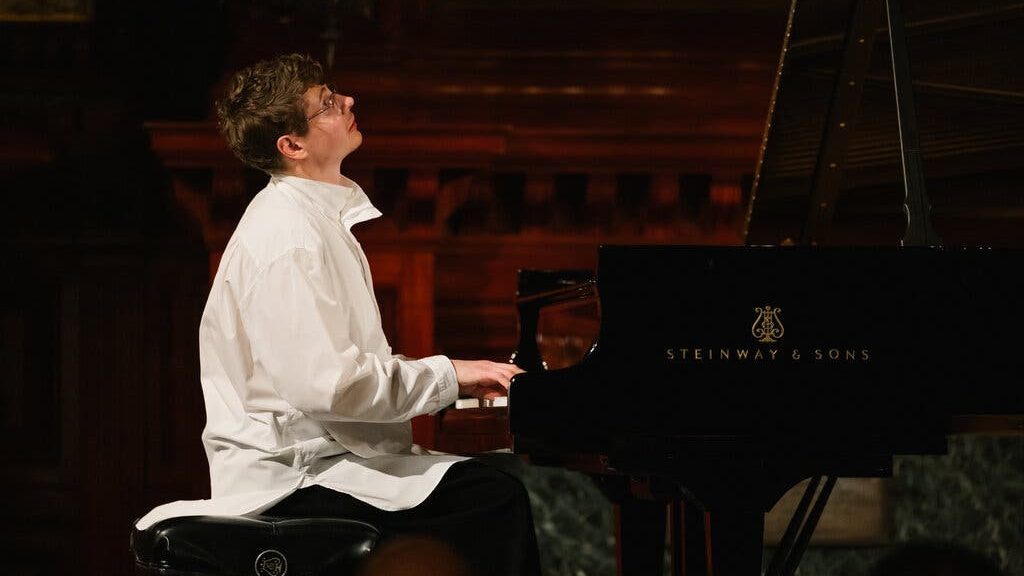
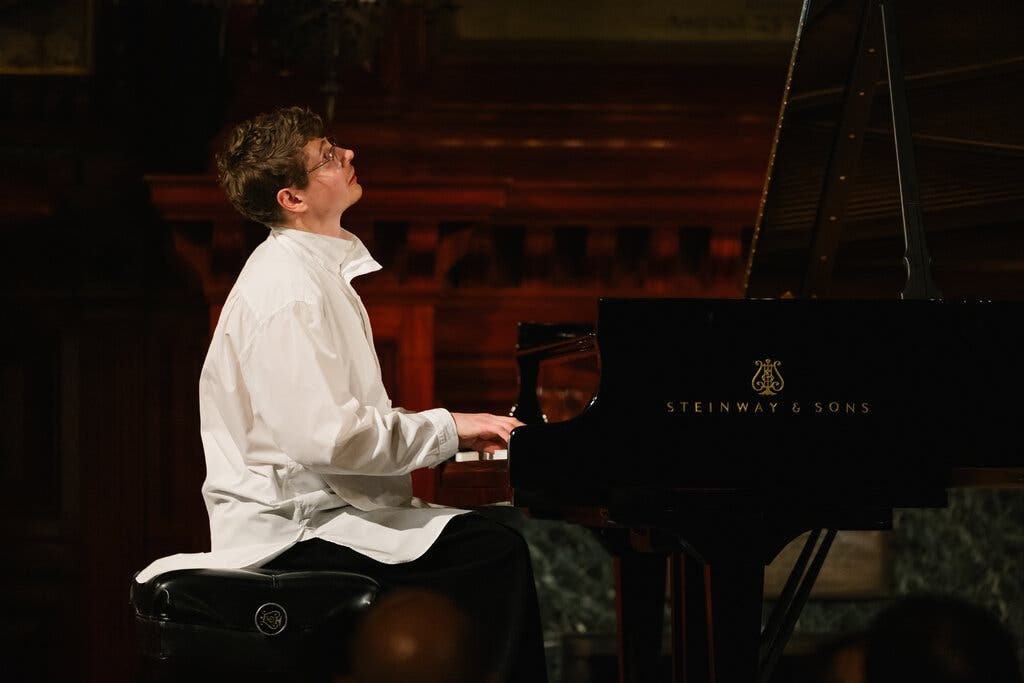
 (4 / 5)
(4 / 5)